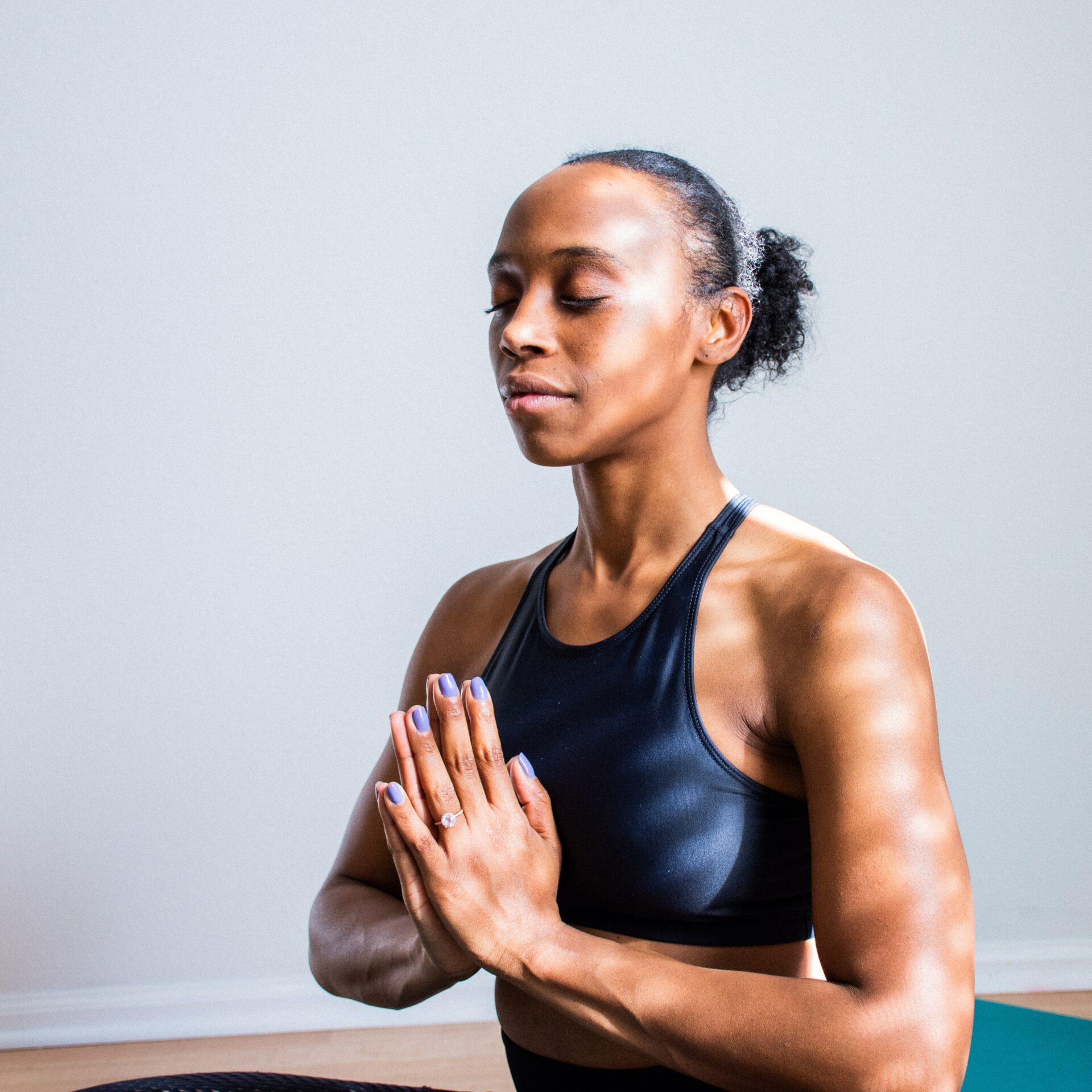
NourishDoc doesn’t provide medical advice, diagnosis, treatment, or prescriptions. Read our terms of use, privacy & medical disclaimer for more info
Dr. Mishra, my Ayurvedic teacher and mentor, taught me how to treat all skin conditions easily and effectively. The skin is an organ of elimination just doing what it knows how to do. Treating acne requires much more than just treating the skin. For example, in this woman’s case her diet was extremely healthy and clean to begin with. Her liver was also functioning properly. In her case I found a subclinical hypothyroid condition, which was preventing her gall bladder from emptying all the fat-soluble toxins which the liver dumps into it. Because the gallbladder was not emptying the bile into the intestines for excretion out of the body, the toxins kept reabsorbing back into her bloodstream and instead were forced to be excreted through the skin.
As with everything else we teach the patient proper diet and cleansing techniques and THEN we treat the skin. We use a specific herb called Semal directly on the skin in a clay to suck out the toxins from the pores and then taken internally. We also use a Bhasma of zinc internally and manjistha to purify the liver and the blood. Vaidya always taught me to give all patients with skin conditions a very dilute tea of whole coriander seeds to sip all day. This tea directs the toxins away from the skin and into the urine enabling the skin to clear up. As usual, we always teach our patients how to get to the root of their problem and discourage them from just treating their health problems superficially by suppressing their symptoms. This is especially true with all the skin conditions we treat as the root of the problem doesn’t lie in the skin, but somewhere inside the body. And these underlying factors are different in each person. The skin is an organ of elimination, just doing what it knows how to do each and every day: eliminating toxins! Therefore, to treat any skin condition, you must first start with digestion, fixing any problems there, because if any aspect of digestion is off the food doesn’t absorb into the cells properly and just remains partially digested in the gut, forming toxins, which your skin will excrete for you.
Next you have to examine the diet and clean it up as much as you can.
You then teach the patient cleansing techniques, to take the load off the detox organs. At the same time you identify any problems which may be lurking in their detox organs. Sometimes, for example, you have to clean the liver and the blood, but again, it’s different in each case. We fixed her thyroid, put her on herbs to promote the flow of bile out of the gallbladder (all this will be discussed in my upcoming thyroid book so stay tuned), and THEN we gave her the special herbs we use for acne, both used internally and on the skin. If we had just used the acne herbs she would have experienced only minimal results. Mainstream medicine’s approach is to stop the detox processes of the skin, pushing the toxins deeper into the physiology creating much bigger problems further on down the road.
Acne can sometimes be referred to as hormonal acne due to hormonal changes that occur during puberty, during puberty, there is a considerable rise in androgen levels such as testosterone. This rise in hormones can trigger various inflammatory pathways and can cause excessive oil (sebum) production in the pores leading to clogged skin cells in hair follicles, which is inhabited by acne-causing bacteria called Propionibacterium acnes.
What is the cause for hormonal acne?
Hormonal acne is characterized by small, raised, red-colored, painful, and pus-filled pimples that arise due to inflammation of the hair follicles. Hormonal acne can be triggered at puberty age, during menstruation and menopause, polycystic ovary syndrome, and due to increased androgen levels in the body.
How can you prevent acne?
Modern medications anti-androgen drugs and oral contraceptives can provide relief from acne vulgaris by balancing your hormones and clearing the skin. But these modern medications also possess noticeable side effects that can be harmful to the health of an individual. However, Ayurvedic therapies have considered being safe and effective to use when compared to modern medicines and can cure acne of its roots. Many topical, as well as oral ayurvedic medications, are available for the treatment of acne.
Science and Research on Hormonal Acne Natural Treatment and Ayurveda:
Another research study named A clinical study showing the effect of an ayurvedic regimen on acne vulgaris.1 A clinical study showing the effect of an ayurvedic regimen on acne vulgaris that involved patients suffering from acne vulgaris into two study groups. Among both groups, the first group after undergoing suitable Panchakarma therapy was externally treated with ayurvedic herbal medicines along with a group of certain internal medicines. Whereas, the other group was treated with an externally applicable cream manufactured by a multinational company. After the course of treatment, the results were found to be effective with ayurvedic therapy and there was an overall effect on the quality of life of acne vulgaris patients before and after treatment.
Outcome: Good
References:
Kartikey, Rao Niranjan and Shreekanth U. (2012). A clinical study showing the effect of an ayurvedic regimen on acne vulgaris. International Conference and Exhibition on Cosmetology & Cosmetics.
Hormonal Acne: Causes, Types, and treatment. / style=”text-decoration:none;”>https://flo.health/menstrual-cycle/health/symptoms-and-diseases/hormonal-acne

NourishDoc doesn’t provide medical advice, diagnosis, treatment, or prescriptions. Read our terms of use, privacy & medical disclaimer for more info

This website uses cookies so that we can provide you with the best user experience possible. Cookie information is stored in your browser and performs functions such as recognising you when you return to our website and helping our team to understand which sections of the website you find most interesting and useful.
Strictly Necessary Cookie should be enabled at all times so that we can save your preferences for cookie settings.
If you disable this cookie, we will not be able to save your preferences. This means that every time you visit this website you will need to enable or disable cookies again.